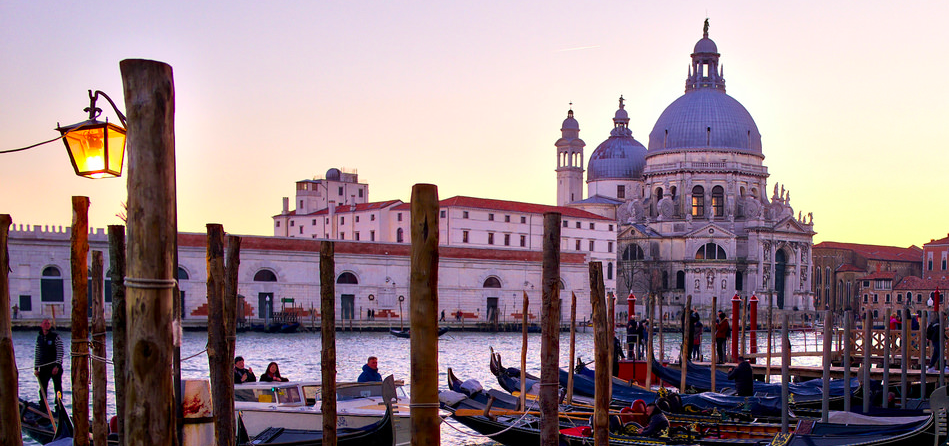New Scientist
Image: Sergey Galyonkin
Deep beneath the elaborate mosaic floor of Venice’s Saint Mark’s Basilica, archaeologists have discovered two 1300-year-old peach stones. The find may add 180 years to the history of the iconic floating city.
Most of Italy’s great cities date back to the Romans, but Venice is an exception, says Albert Ammerman at Colgate University in Hamilton, New York. Although there was a Roman presence on Torcello island in the north of the Venetian lagoon, there are no Roman remains in Venice.
Instead, the history of Venice seems to begin in the 9th Century. Local tradition says the bones of Saint Mark the Evangelist were carried to Venice in AD 828, from Alexandria in Egypt. The earliest Basilica named in Saint Mark’s honour was built a few years later.
Now, Ammerman and his colleagues think they have evidence for an earlier chapter of the Venetian story. In one of several sediment cores extracted from the soil beneath the modern Basilica – built in the 11th Century – they found two peach stones, or pits. Read more on newscientist.com…








